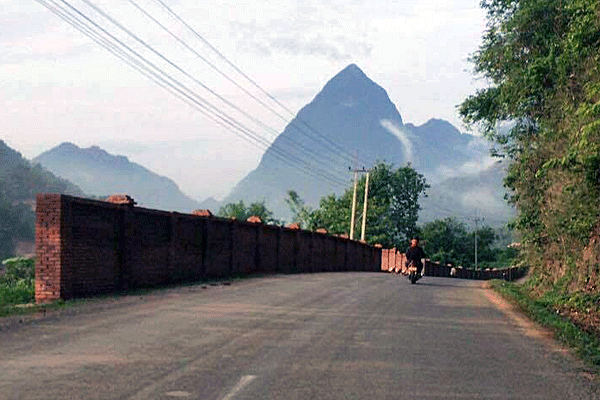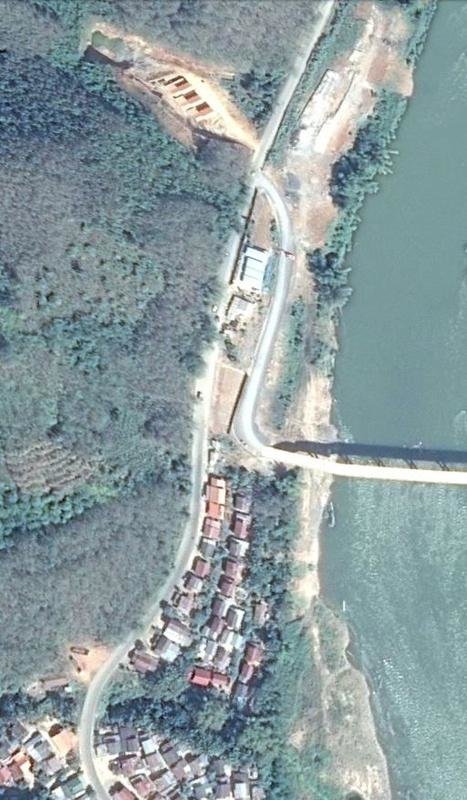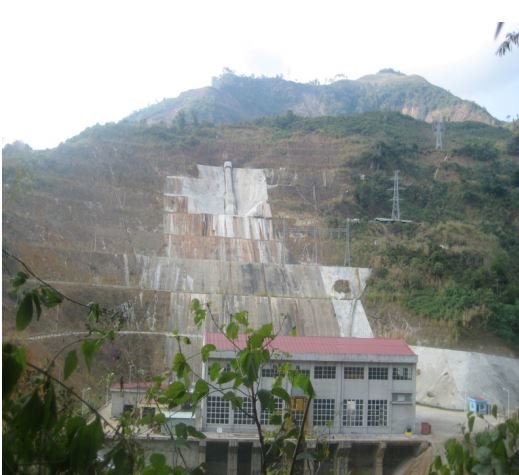Lone Rider
Blokes Who Can
Work on the Pak Beng Mekong Dam (approximate coordinates N19.84998 E101.02309 or about 5 km. west from the new bridge over the Mekong) has started. While on my way back from Laos I tried to have a look but the staff of the Chinese construction company were very unhappy to see me. They could not stop me at the start of the road at the new bridge as there is a village (Ban Pakngeuy) along the road but once past the village they blocked the road with a big truck and forced me off the road. So just a picture of the concrete access road under construction and hopefully later some pictures of the construction work on the dam.
View attachment 47030
The access road under construction
View attachment 47031
Location of the Pak Beng Mekong dam in relation to the new Mekong bridge
According to KPL Newspaper of today, work on the dam will start next year (early 2017)with completion foreseen in 2023 - source: http://kpl.gov.la/En/Detail.aspx?id=14942
Pak Beng Hydropower Project construction to begin next year
The construction of the Pak Beng Hydropower Project is expected to begin in early 2017, according to a senior official. The Pak Beng Hydropower Project is located in the upper reaches of the Mekong River in Pak Beng district, Oudomxay Province. It is one of the five mainstream Mekong projects in the northern territory of Laos, the Deputy Minister of Energy and Mining, Mr Viraphon Viravong said yesterday.It is a run-of-river project and is approximately 14-km upstream from the district centre. The total capacity will be 912 MW with average annual generation of 4.775 GWh, said the Director General of the Energy Policy and Planning Department, Mr Daovong Phonekeo."The purpose of this project is to utilise the great hydropower resources that Laos has been blessed with in order to produce power for domestic supply and export," Mr Daovong said yesterday in Vientiane Capital during a meeting with editors from National Television, Pasaxon, the Vientiane Times, the Lao News Agency and relevant sectors.
Construction is expected to be complete by 2023 with commercial operations beginning in early 2024. The Pak Beng Hydropower Project is located on the Mekong, so it will adhere to the principle of the 1995 Mekong Agreement, especially the process of prior consultation, which will require at least six months before decisions can finalized on development, Mr Viraphon said.
















